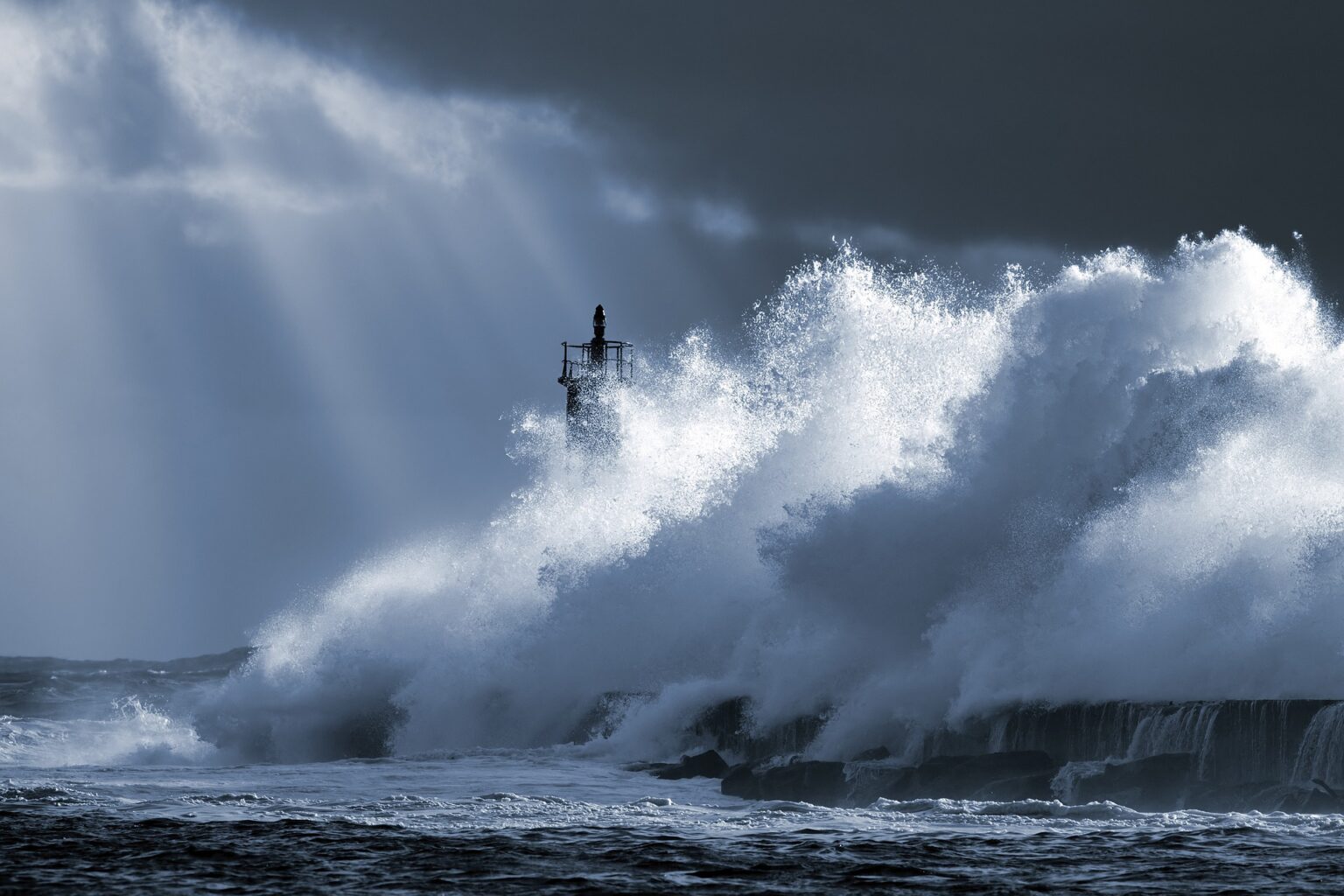
Governor Ron DeSantis of Florida has warned that Hurricane Ian will cause historic devastation as it pummels the state with catastrophic wind and rain.
Ian, which has trapped people in their homes, is expected to set flood records and may be one of the worst storms to ever hit the state, on Thursday, it continued to wreak havoc as it moved east over Florida.
One confirmed death has occurred in the state, and approximately 2.7 million people are without power, President Joe Biden has declared the storm a major disaster, making federal funds and disaster relief accessible.
He stated on Thursday afternoon, “This could be the deadliest hurricane in Florida’s history.” Initial reports indicate that there may have been a substantial number of fatalities, although the exact number is still unknown.
Mr. DeSantis, the governor of Florida, stated that approximately 30,000 first responders were en route to assist with recovery efforts, although some areas of the state remain inaccessible.
“The amount of water that has been rising and will likely continue to rise even after the storm has passed is a 500-year flood,” he said.
Erik Salna, associate director of the International Hurricane Research Center, said that parts of the state would likely be unrecognizable following the effects of Hurricane Ian.
Mr. Salna stated, “From what we can see now, Fort Myers Beach, Bonita Beach, and Naples will appear dramatically different once this project is completed.” We can only hope that those who were asked to evacuate did so.
As it traverses the Florida peninsula from east to west, Ian has continued to inundate communities with heavy rain.
Tom, 48, and his 66-year-old, wheelchair-bound mother Kathy endured Hurricane Ian for nearly 12 hours in Port Charlotte, a community in southwestern Florida that was devastated by the storm, after a portion of their roof was blown off.
“We were in the bathroom when the wall began to shake,” Tom said.
The couple had been planning a move to Colorado, but have decided to leave immediately after a traumatic and devastating night.
The prospect of Cathy, who has resided in Florida for the past 18 years, leaving the state is heartbreaking. However, there is little to keep her here, She stated that both the town and her home of the past six years had been destroyed.
On Thursday morning, traffic crawled along a major road that traverses the entire length of the Florida peninsula, with cars returning to the areas hardest hit by Hurricane Ian, such as Fort Myers and Lee County.
Authorities reported that, as of 10:30 local time (15:00 GMT), the vast majority of this county on the coast was without power and that rescue efforts were underway.
Hugh Willoughby, a meteorology professor at Florida International University, said, “I spend a great deal of time studying hurricane damage, and I estimate that there will be $100bn (£90bn) in damage and several hundred deaths.” “I hope I’m mistaken.”
Reconstruction and construction efforts will continue until the new year, he said, but a complete recovery will take “several years.”By Thursday afternoon, Ian had emerged over the Atlantic Ocean and was continuing its westward trek towards North and South Carolina. The US National Weather Service expects Ian to once again intensify into a hurricane.
Professor Willoughby stated that the warm water of the Gulf Stream, a fast-moving ocean current that travels north along the east coast of Florida, creates ideal conditions for hurricanes.
“Hurricanes obtain their energy from warm ocean water, and the Gulf Stream is the warmest ocean water in the region,” he said.
However, while the Carolinas are expected to be affected, they will likely experience a less severe storm than Cuba and Florida. “Except for extreme misfortune, it won’t be as intense as in Florida,” he said.













